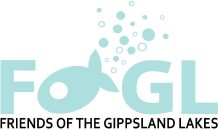This page is a collection of important planning and research material concerning the Gippsland Lakes.
The Royal Society of Victoria – Securing the Future of the Gippsland Lakes
In light of the Victorian Government’s review of the Gippsland Lakes Ramsar Site Management Plan over the course of 2023-4, the Royal Society of Victoria convened a roundtable discussion of scholars and catchment managers on 26 May 2023 to understand the various concerns held. The report from that can session can be downloaded here
Securing the future of the Gippsland Lakes
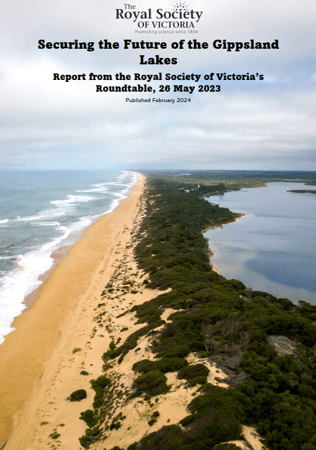
Gippsland Lakes Ramsar Site Management Plan ( EGCMA )
Most of the Gippsland Lakes area is a designated wetland of international significance under the Ramsar Convention on Wetlands , to which Australia remains a signatory. The East Gippsland Catchment Management Authority is the responsible authority for managing the Ramsar requirements for the Gippsland Lakes. How this is meant to be achieved is described in the Gippsland Lakes Ramsar Site Management Plan. The plan must be renewed every 7 years. FoGL in partnership with Gippsland Environment Group made a substantial submission during the public consultation process for development of the new 2024 plan. We highlighted what we beleived were serious deficiencies in the draft plan, including the risk management process and key actions. FOGL SUBMISSION ON GIPPSLAND LAKES RAMSAR PLAN . EGCMA then evaluated the over 20 submissions made. ( including from respected organisations such as Birdlife Australia ). EGCMA eventually published a on their findings on the consultations and submissions. A few of the reccomendations for improvement were adopted, but most were not. EGCMA COMMUNITY CONSULTATION REPORT. The new Gippsland Lakes Ramsar Site Management Plan was issued by EGCMA in late 2024
2024 FINAL GIPPSLAND LAKES RAMSAR SITE MANAGEMENT PLAN
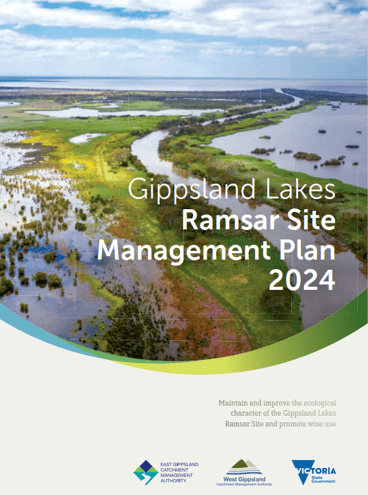
Coastal and Marine Management Plan ( EGSC )
East Gippsland Shire Council is the designated lead agency for developing a Coastal and Marine Management Plan for the Gippsland Lakes area, as required by legislation under the Marine and Coastal Act 2018. The CMMP is meant to be a “local scale strategic plan that serves as the primary tool for the management of all marine and coastal Crown land“. The plan is currently under renewal and EGSC have been conducting public consultations. FoGL and GEG have made a submission outlining what we believe are the key issues with the proposed new plan FOGL SUBMISSION ON DRAFT CMMP . Following the public consultation process the final DRAFT CMMP has now been issued and will be presented to council for approval on 21st October 2025. Again, some of the FoGL sugestions were adopted but many were not.
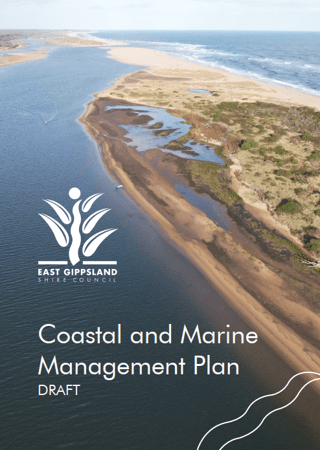
Concerned Waterways Alliance
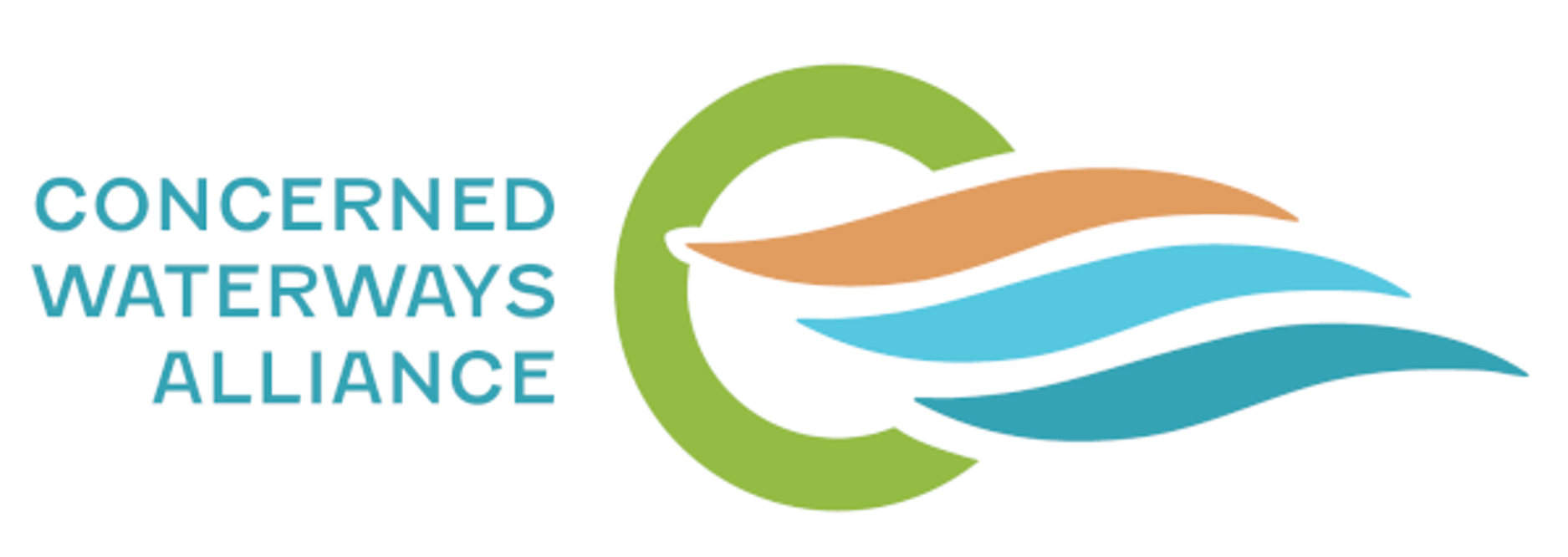
FOGL is a member of the Concerned Waterways Alliance (CWA , a network of community and environment groups from Gippsland to the Otways. We share a deep concern about the degraded state of southern Victoria’s rivers, wetlands and aquifers, and are committed to improving their health for the benefit of current and future generations. The full list of submissions can be found on their website here
Love our Lakes Research Library

The Love our Lakes website, run by the Gippsland Lakes Coordinating Committee, has an extensive online library of historical research material. https://loveourlakes.net.au/resources/research/
Other research and articles
This is a collection of thoughts, proposals and submissions by individuals and groups over time, but still very relevant today.
Progression of Impacts by Ross Scott. Ross is a member of FOGL and a long time outspoken advocate for the Gippdland Lakes. Recently awarded an OAM for his efforts.
Gippsland Lakes Debacle by Anthony Amis form Friends of the Earth 2018
Darren Chester MP call for audit of the Gippsland Lakes June 2024
CSIRO 1998 Gippsland Lakes Environmental Audit 1The last comprehensive environmental audit of the Lakes. Another is deperately needed.
Blooms of Synechococcus 2008 An analysis of the problem worldwide and possible causative factors in relation to nuisance blooms in the Gippsland Lakes
PFAS in Lakes Dolphins highest levels globally Jan 2024 Chantel S. Foord ab, Drew Szabo cd, Kate Robb b, Bradley O. Clarke c, Dayanthi Nugegoda a
Mercury in the Gippsland Lakes 2012 findings by Gippsland Environment Group
Gippsland Lakes a Putrid Mess Article about Ross Scott in Bairnsdale Advertiser article May 2022
EPA Report on Gippsland Lakes 2013
EPA urges updated policy indicators for lakes’ water quality The Age Jun 2013
Salinity levels continue to cause concern for Gippsland Lakes The Age Nov 2014
